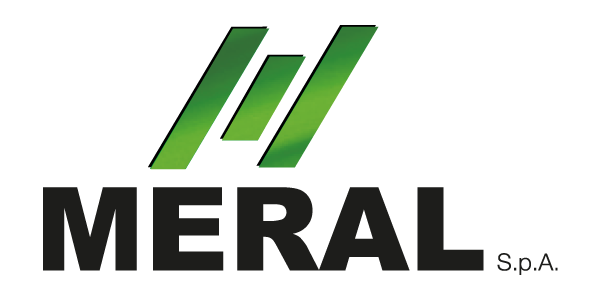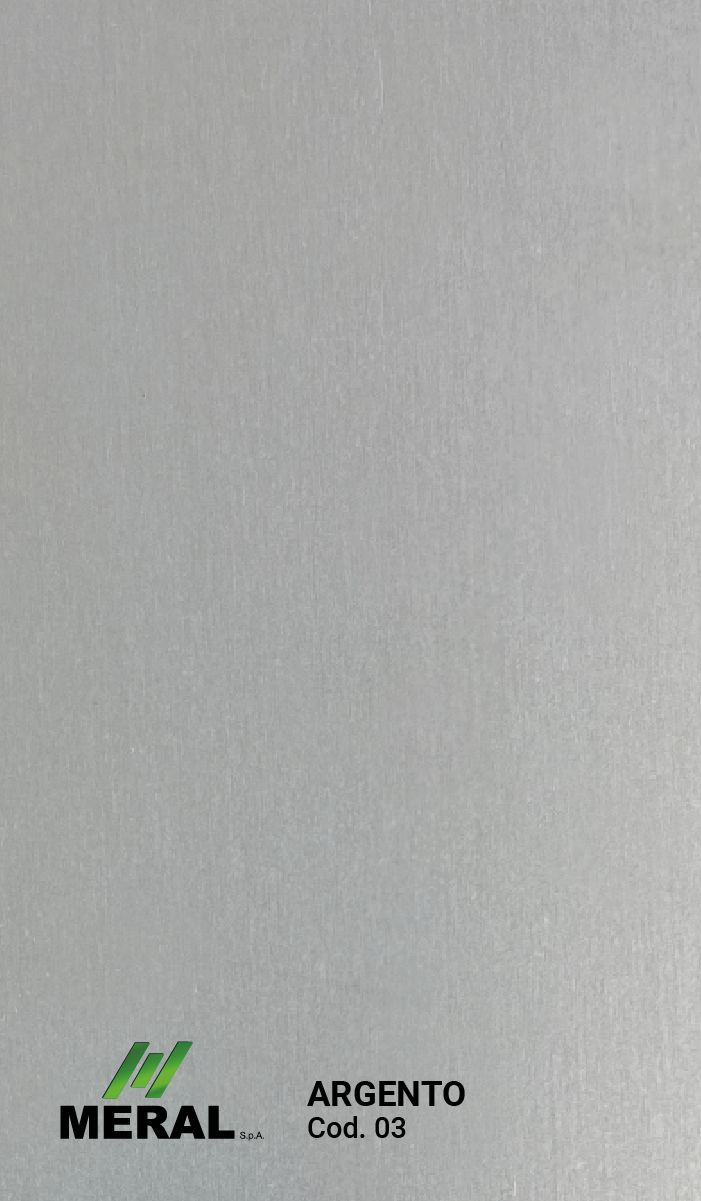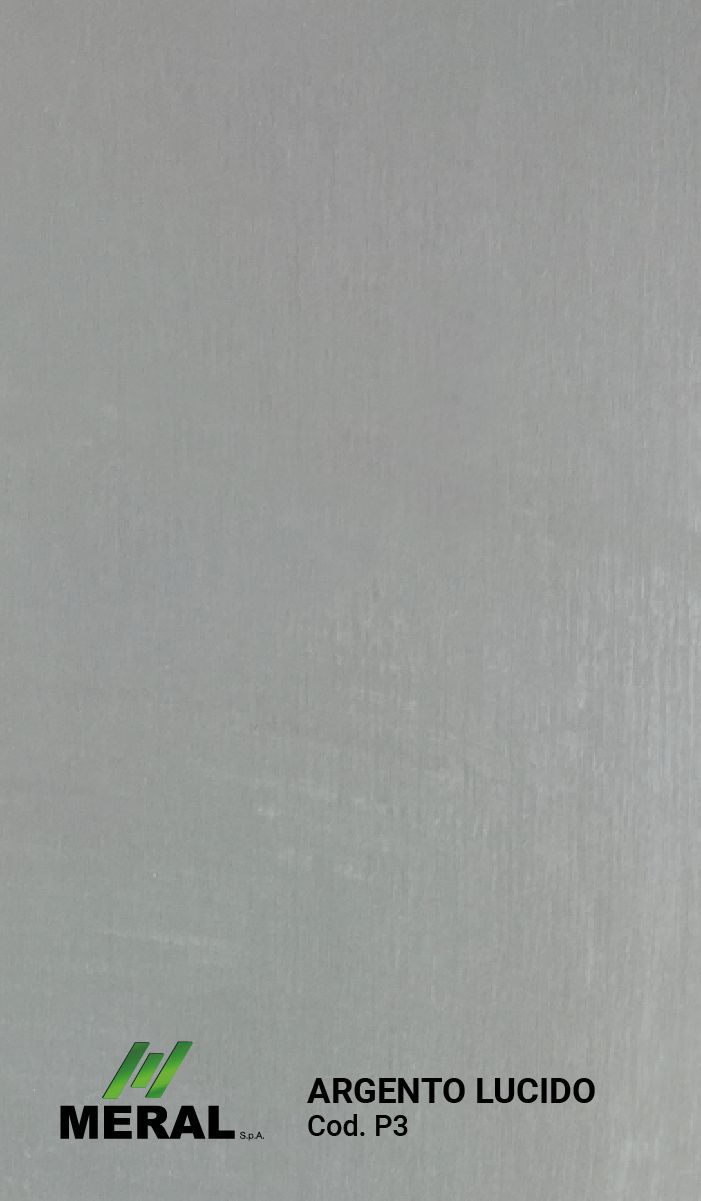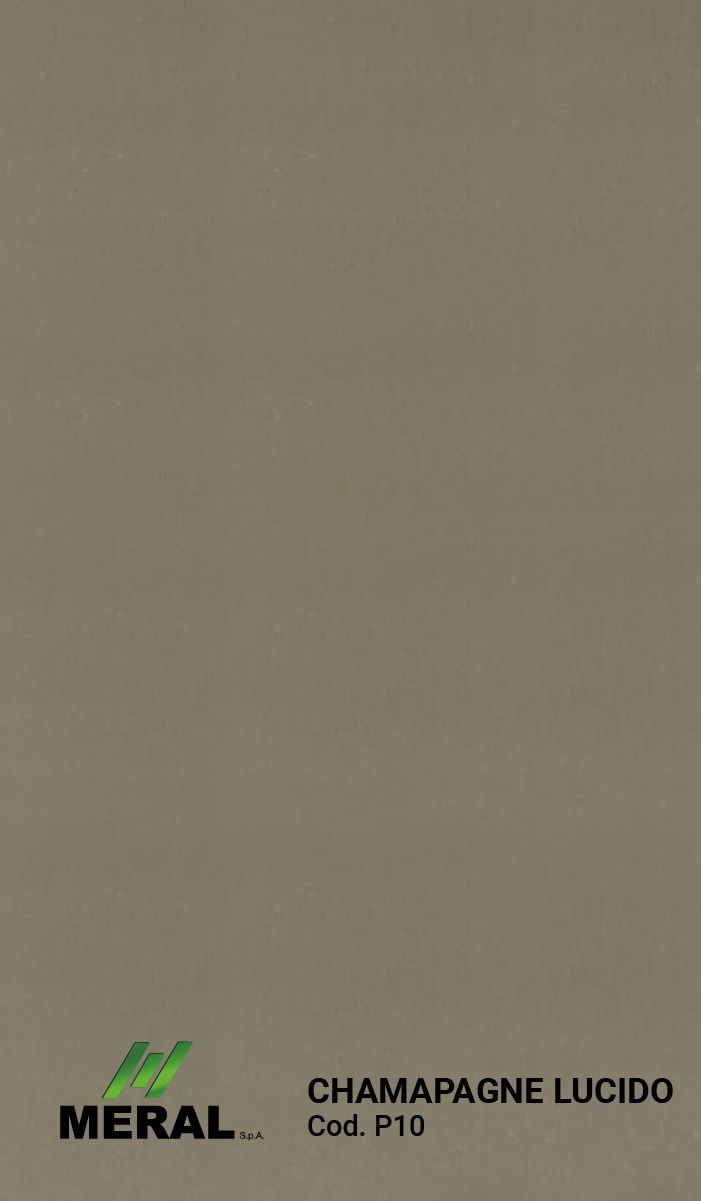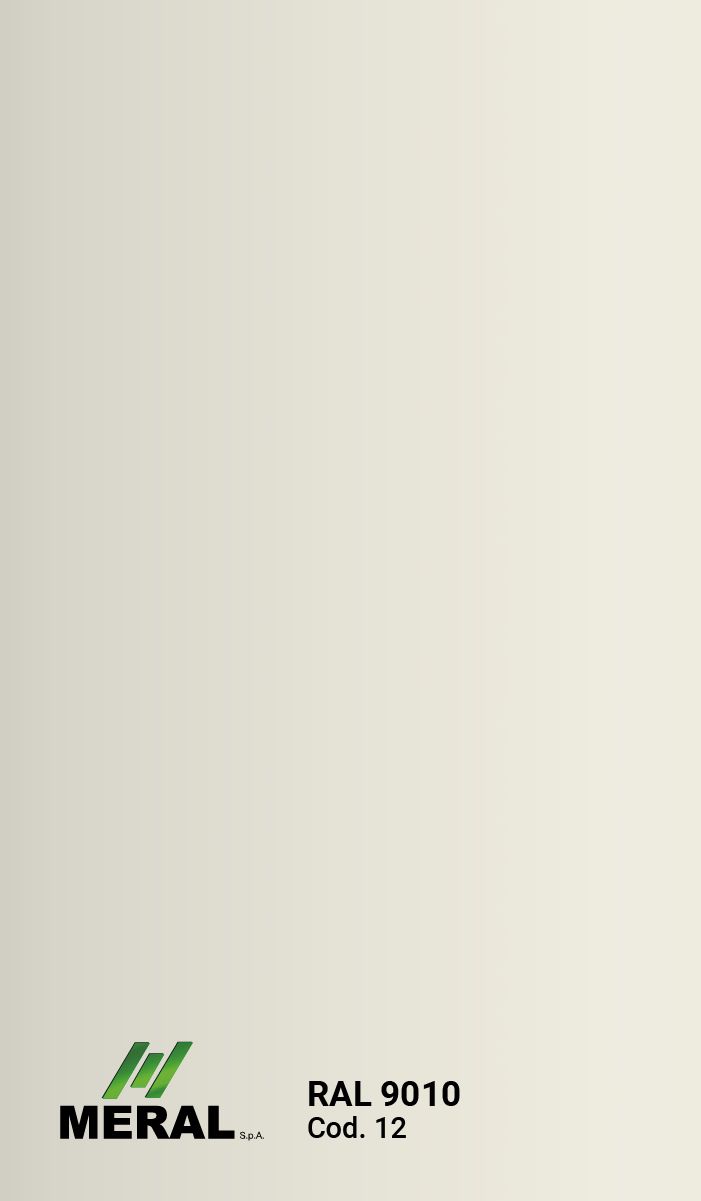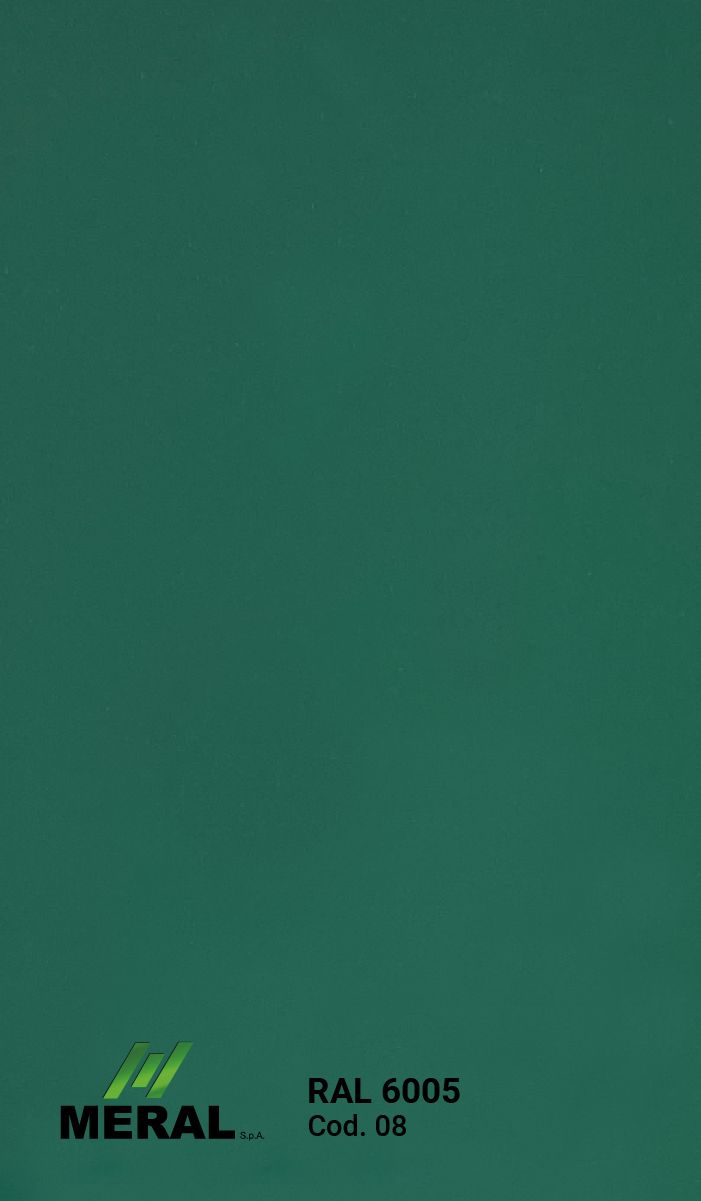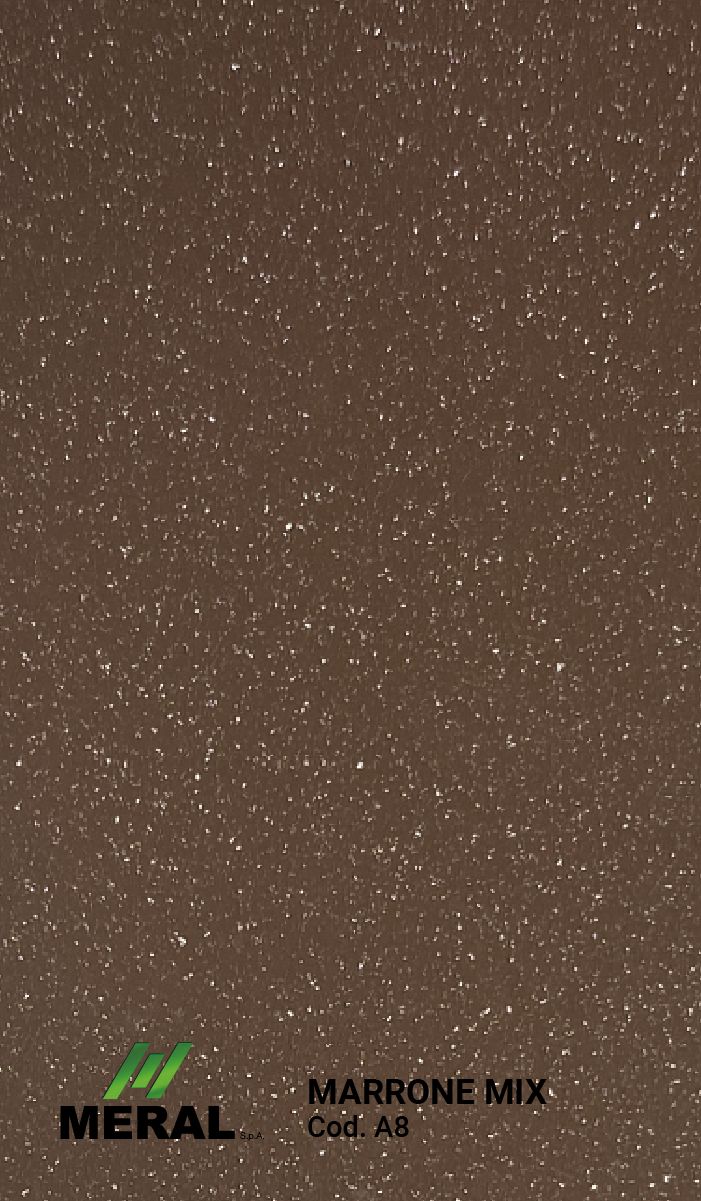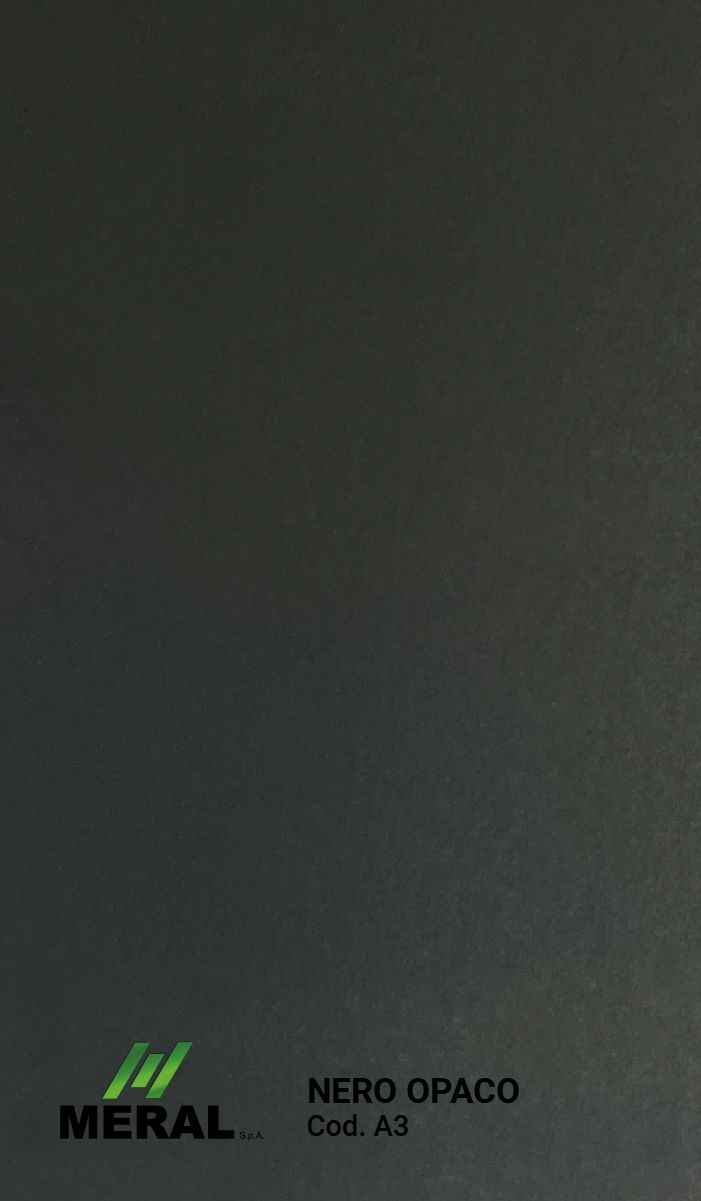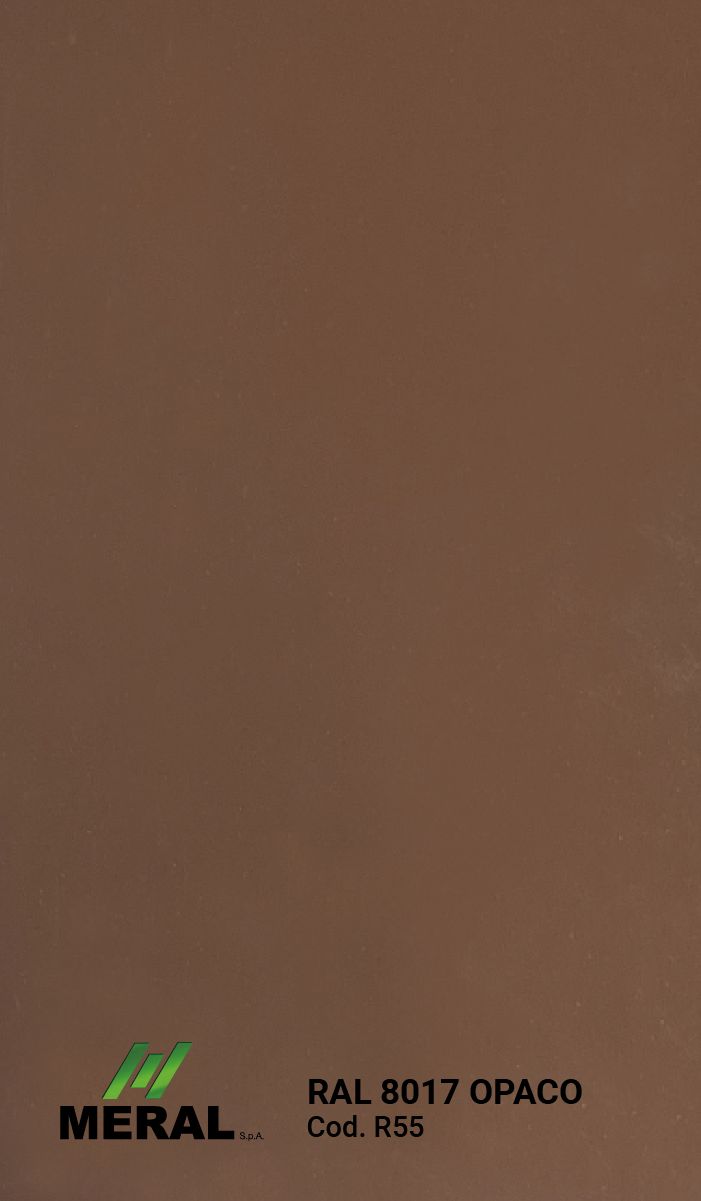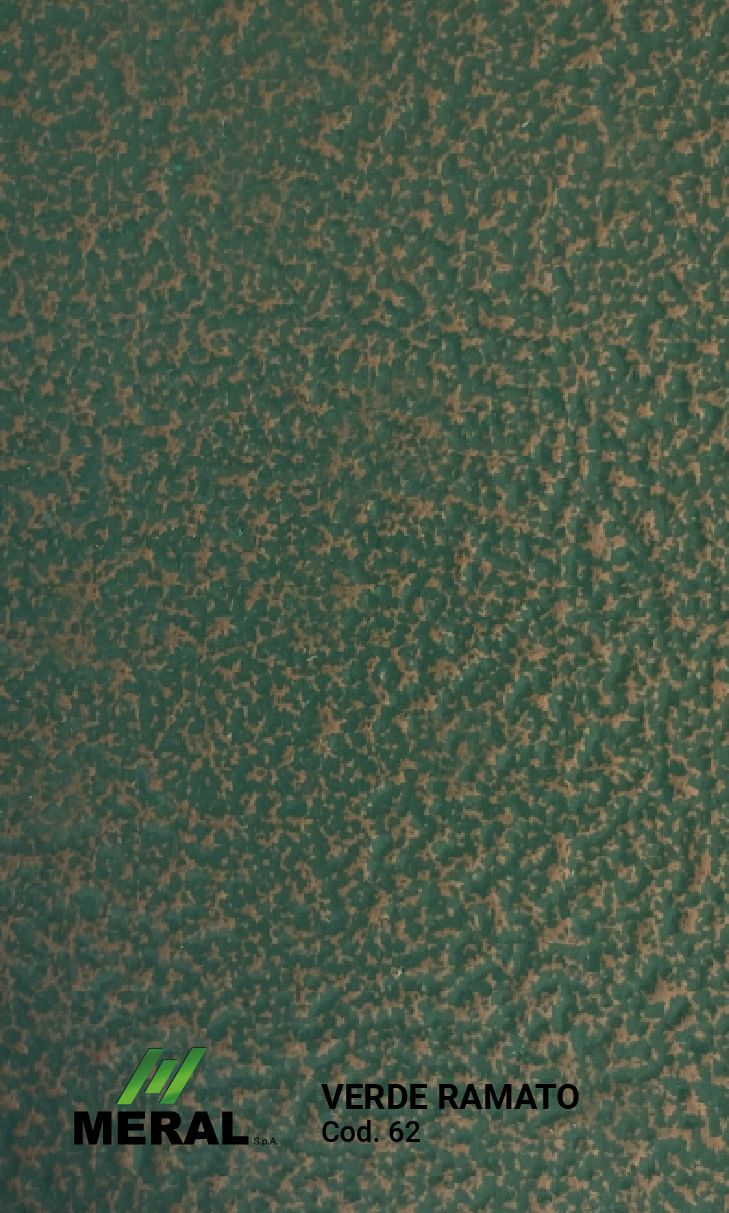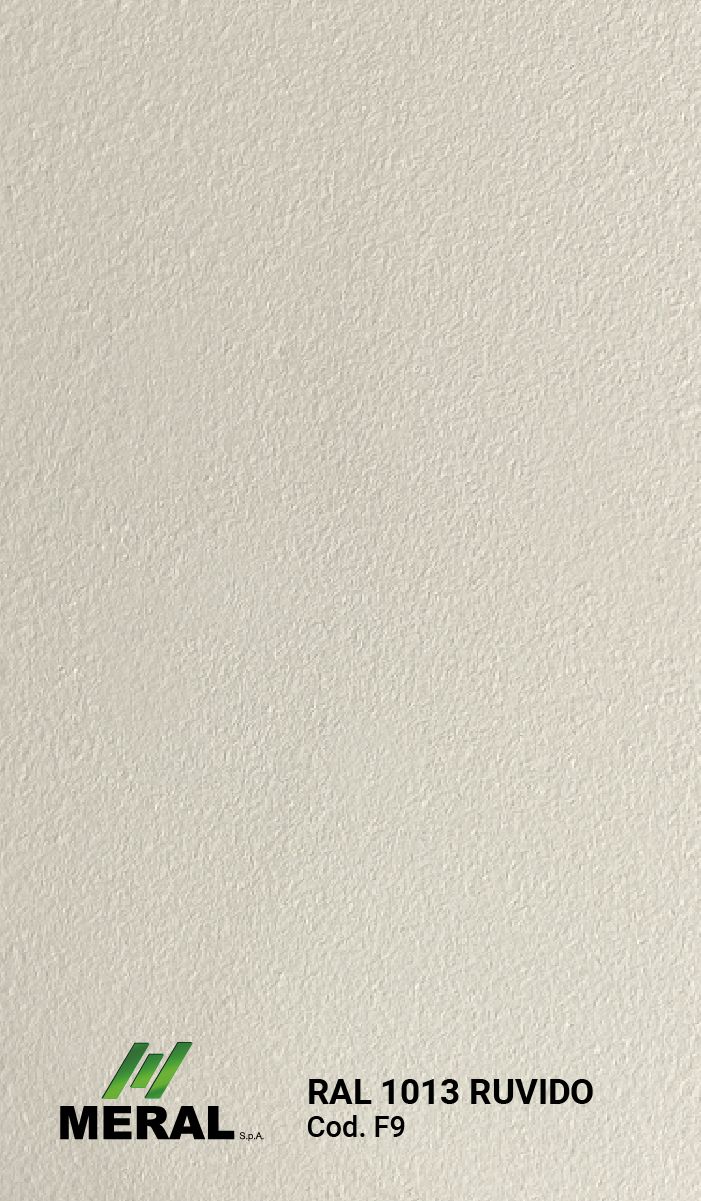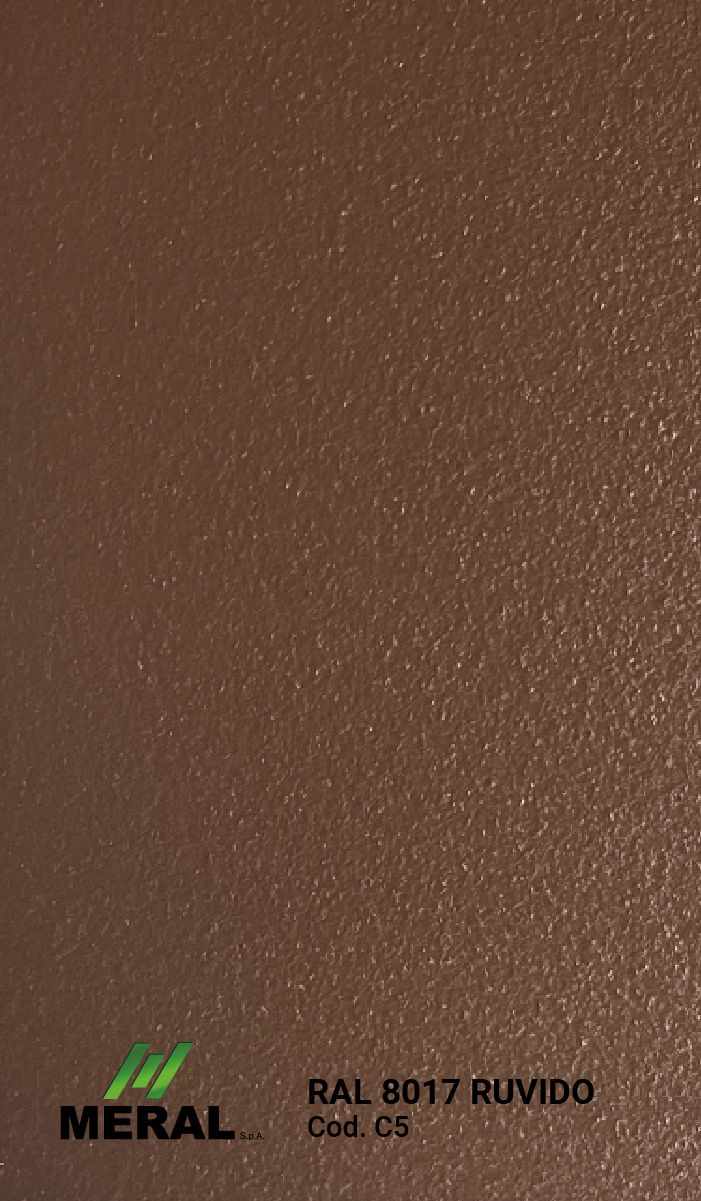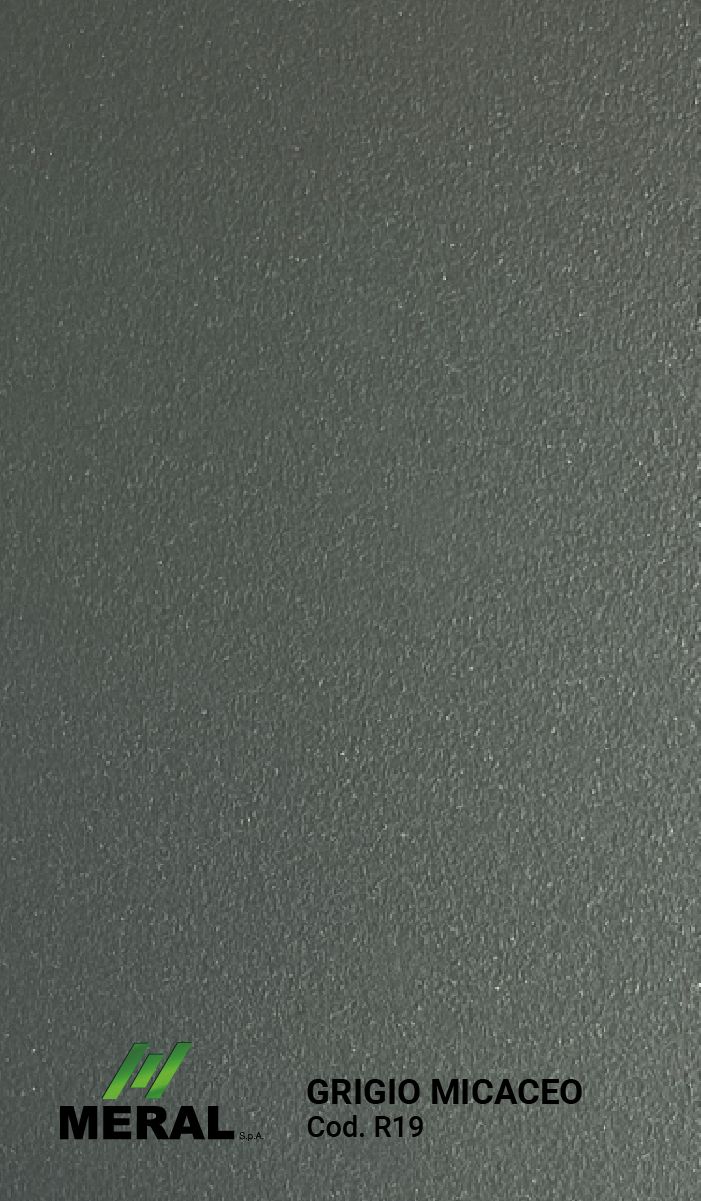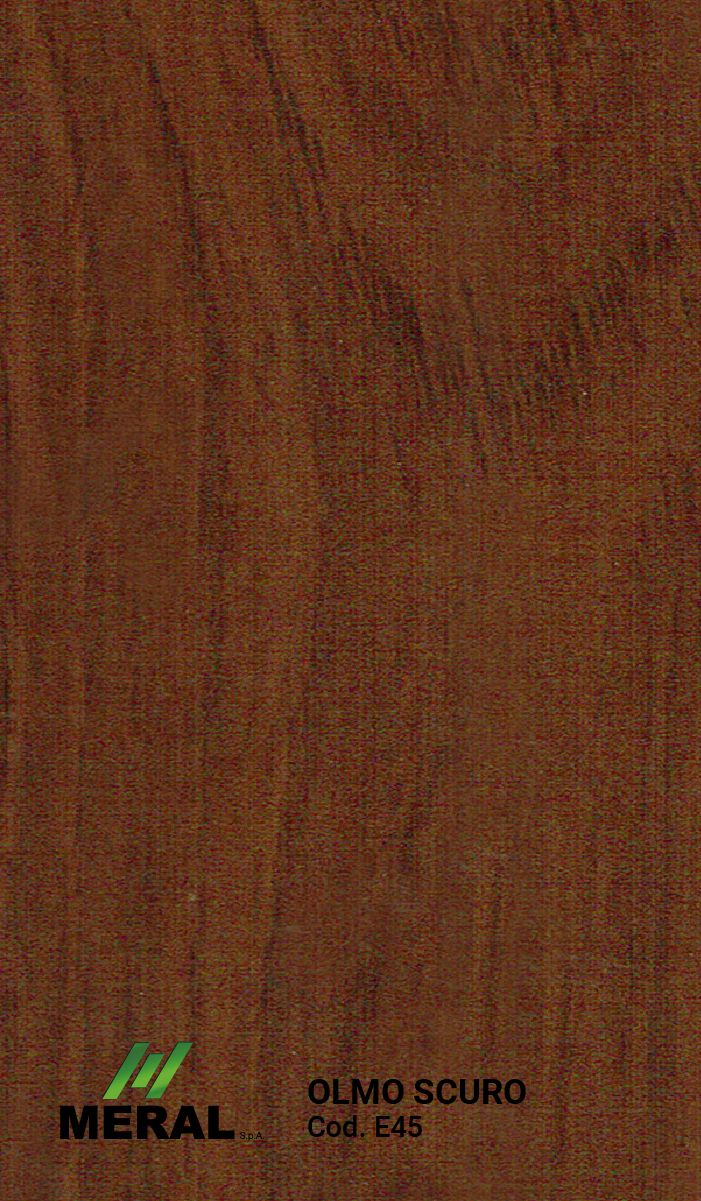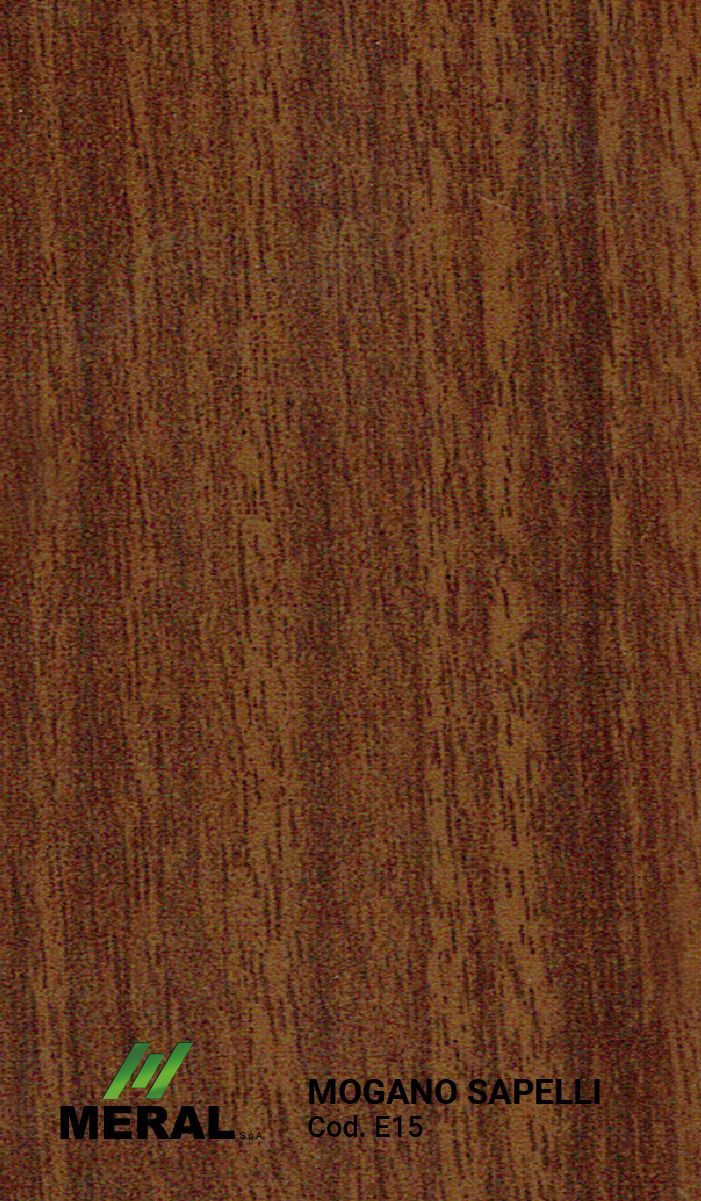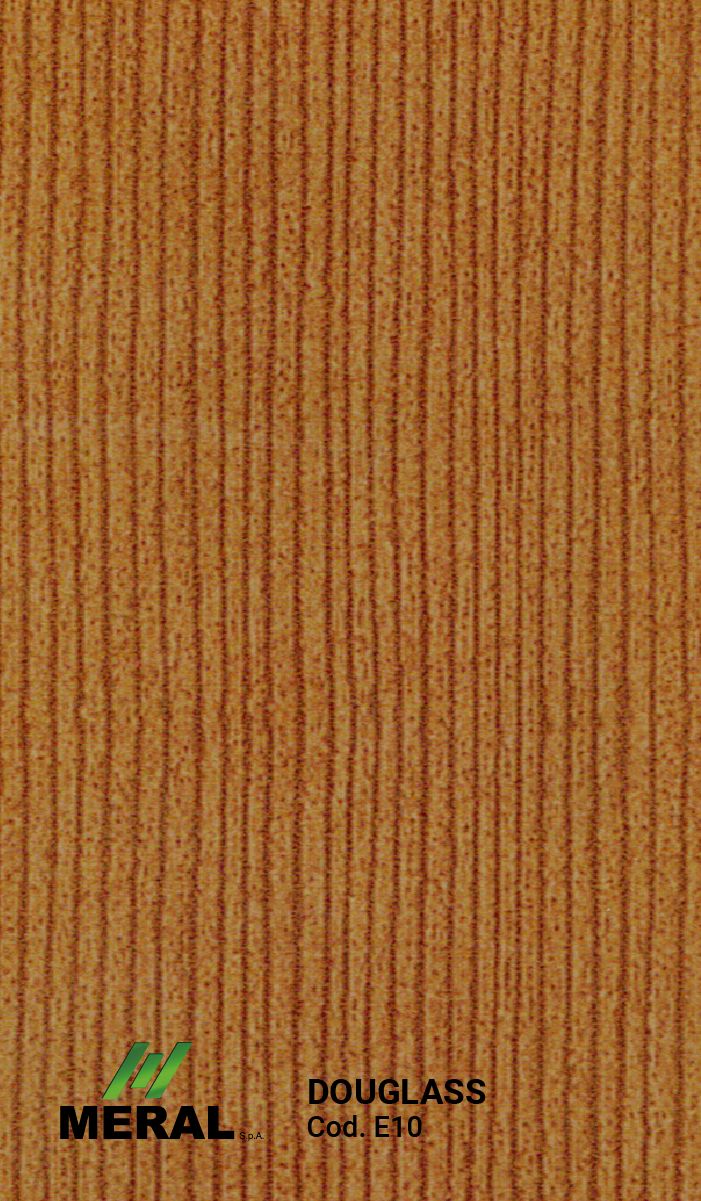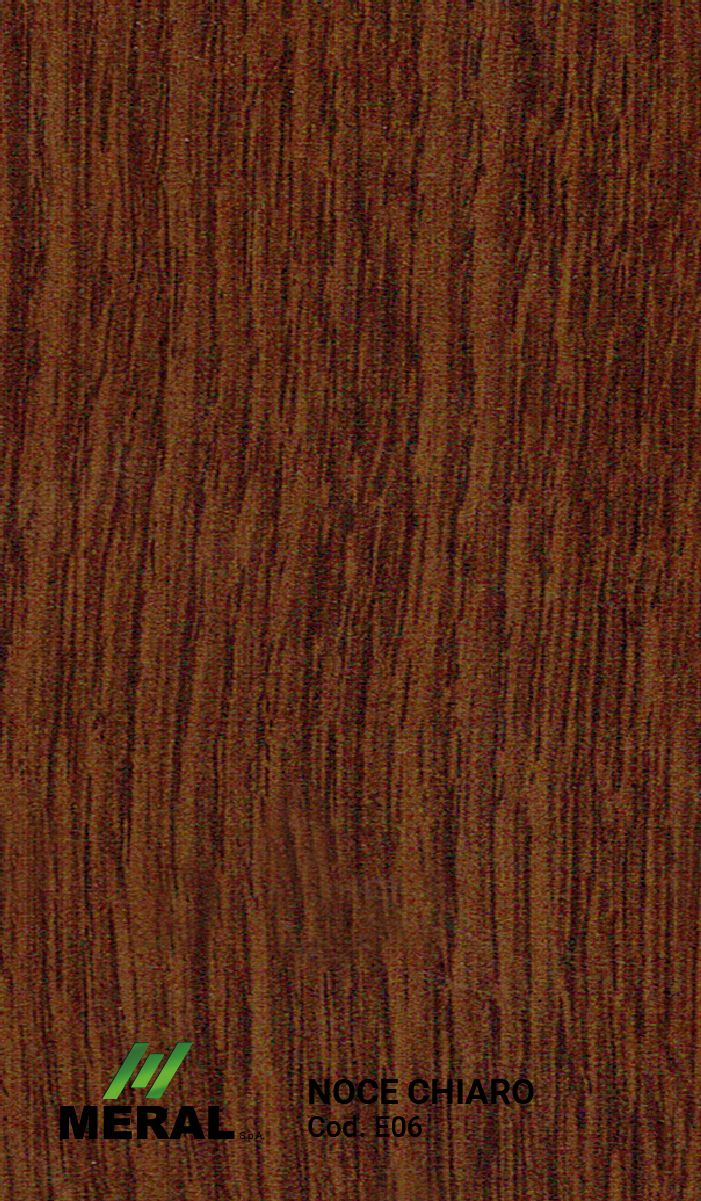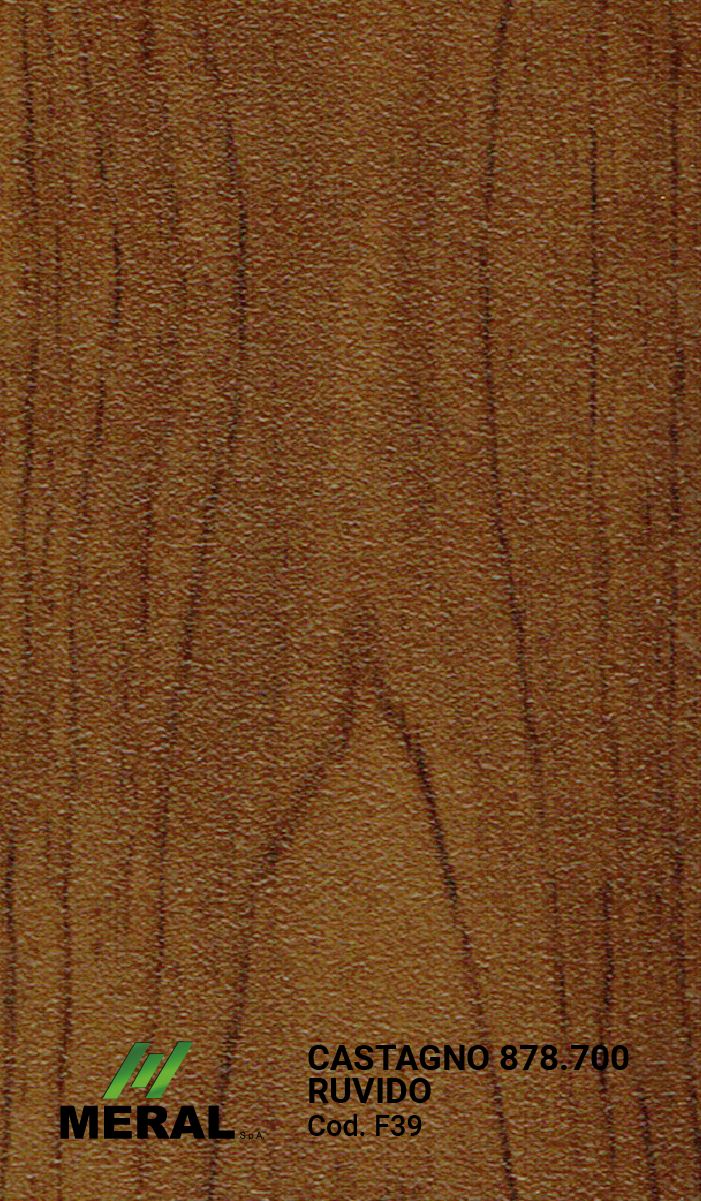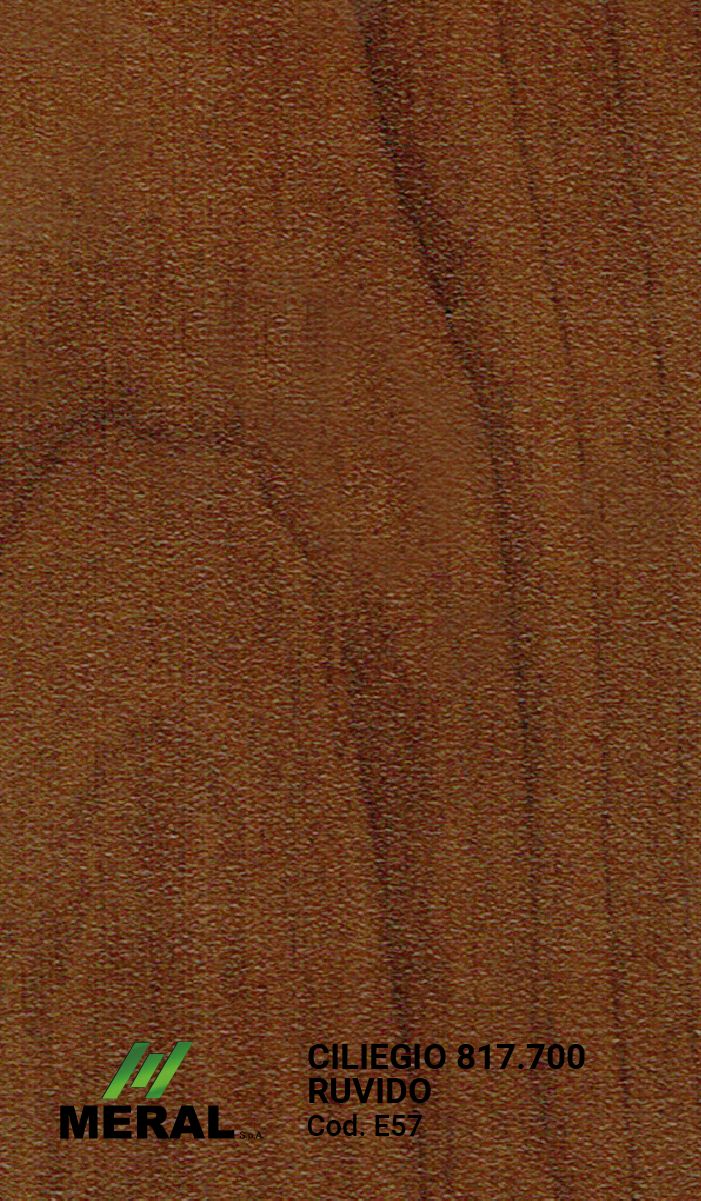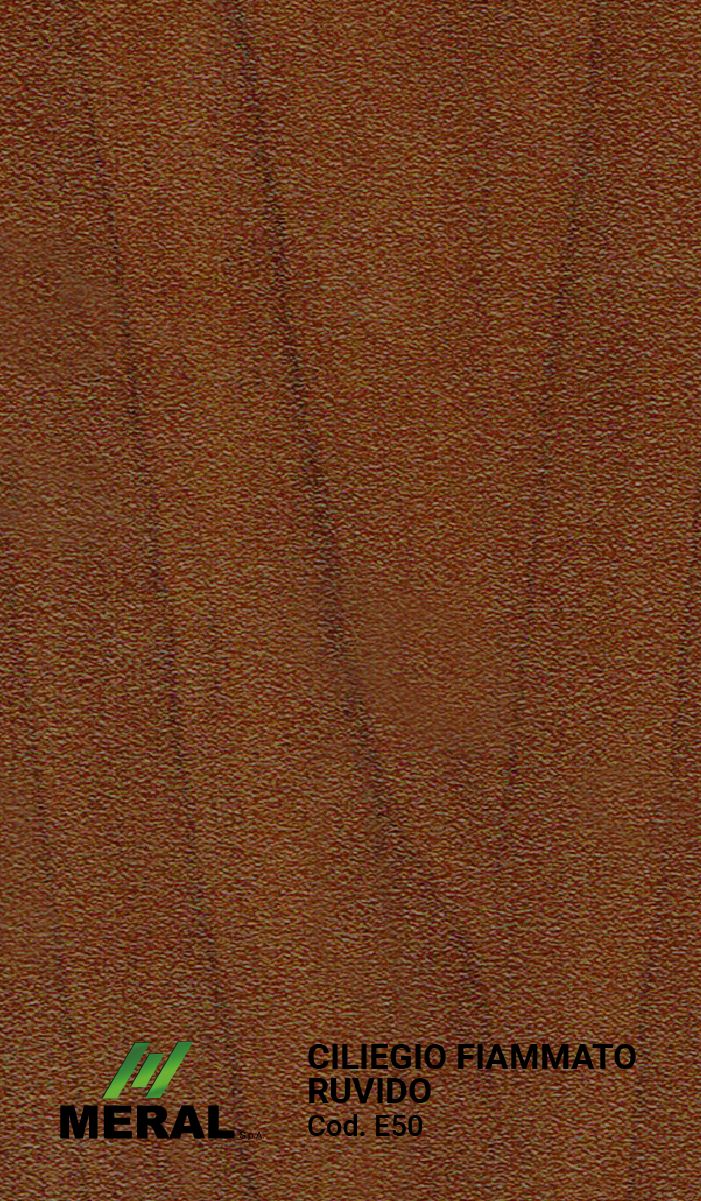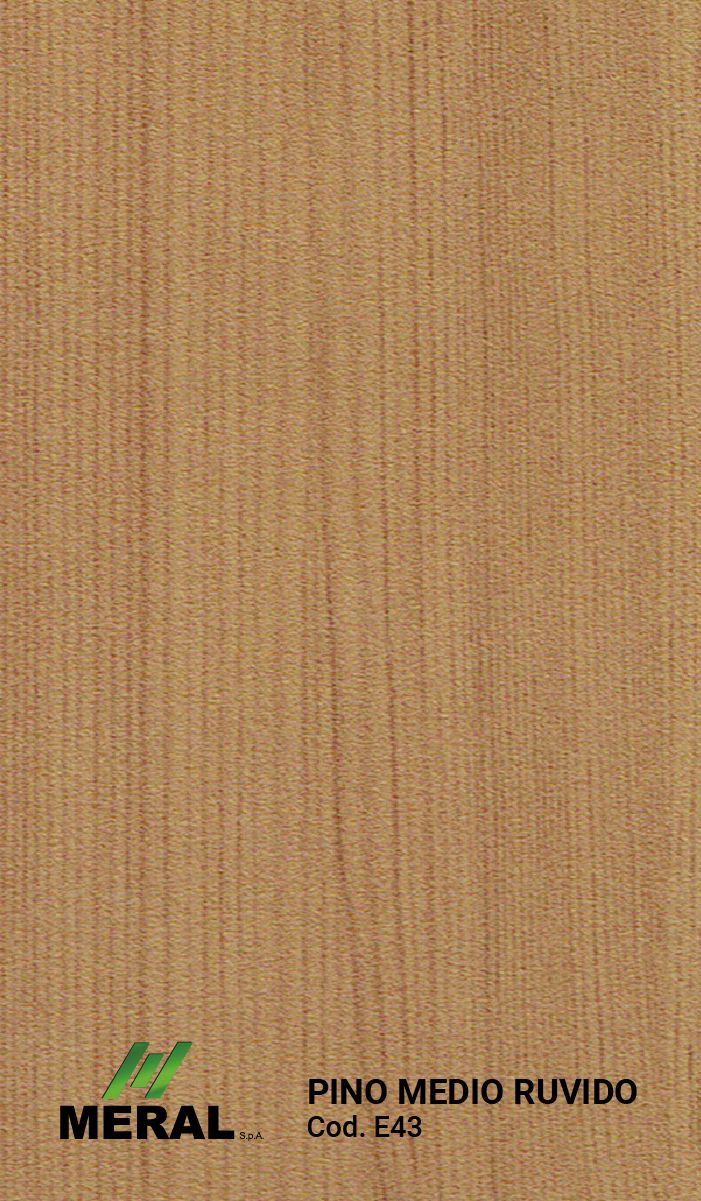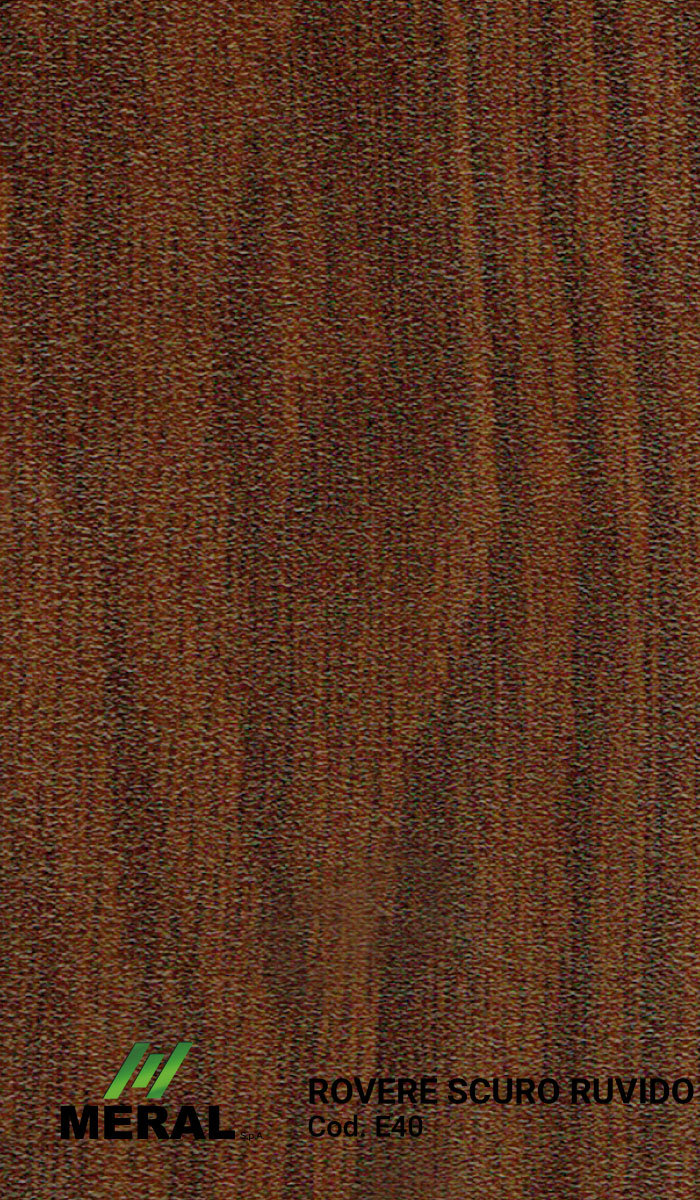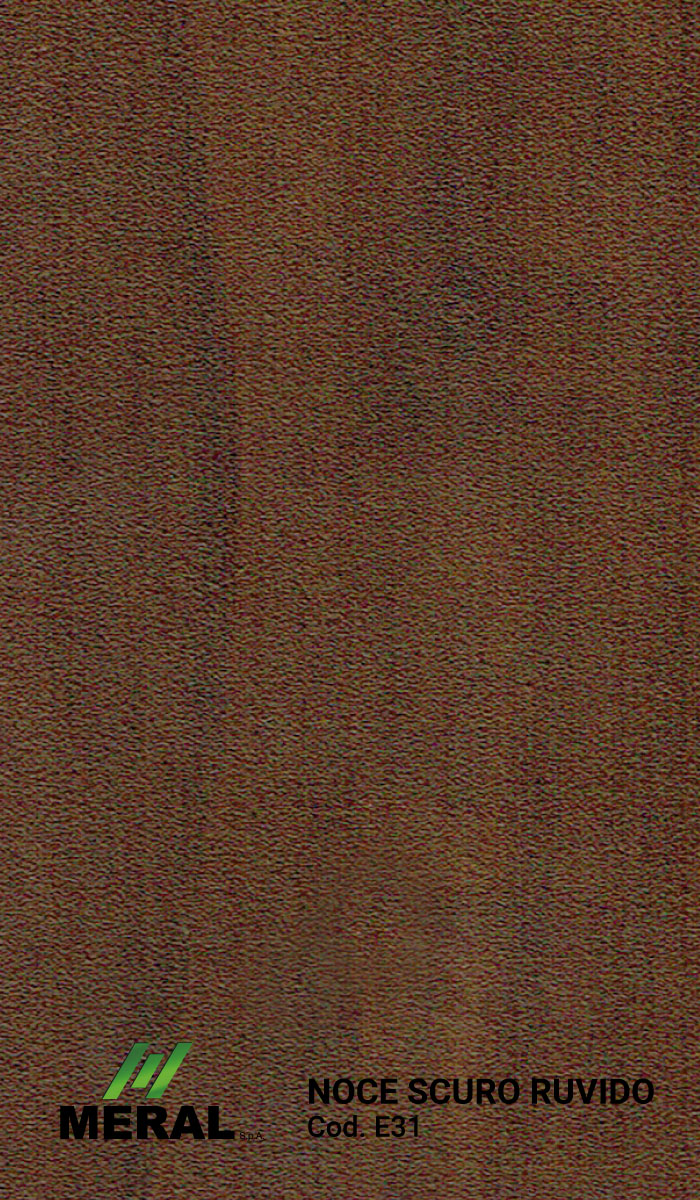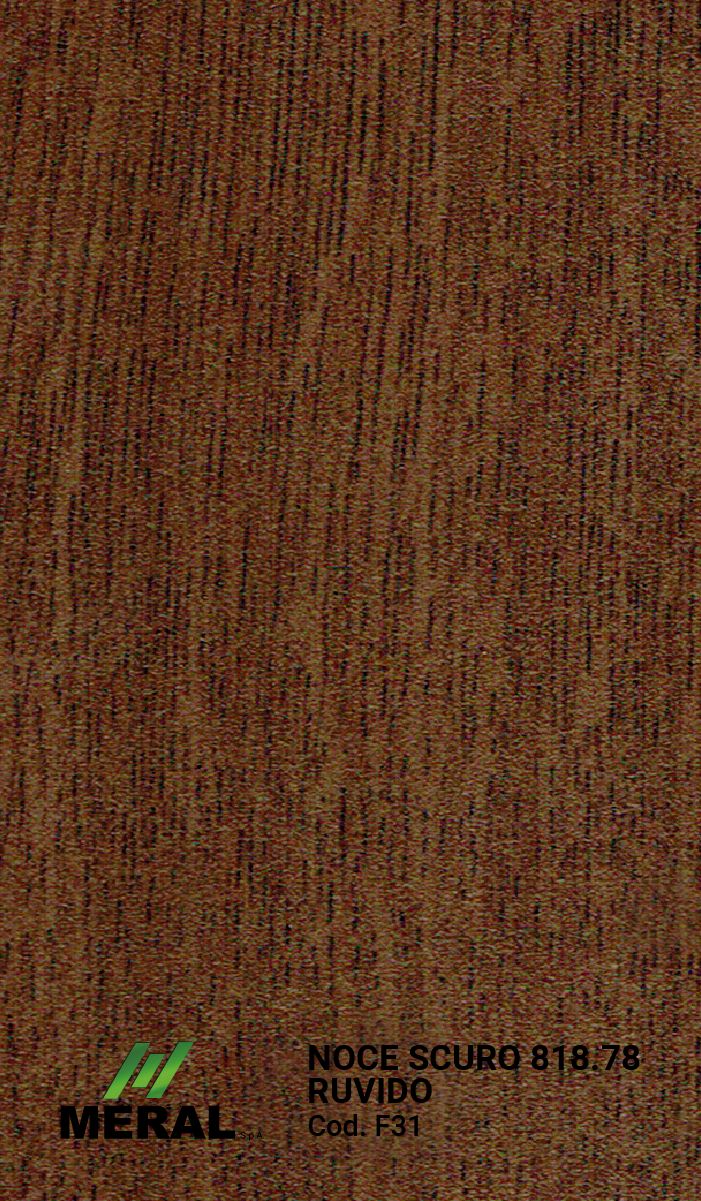Surface treatments
Protection and creativity
Surface treatments ensure that the aluminium core resists the passing of time and weathering.
At the same time, they meet the most varied creative needs, being able to create thousands of different shades on every type of aluminium profile. Thanks to a very long experience in the industrial process field and the use of state-of-the-art systems, Meral SpA guarantees the highest quality standards across the range of possible finishes.
Thanks to the considerable production capacity of the anodic oxidation, epoxy powder coating and sublimation/wood effect systems, Meral SpA provides surface treatments for all those customers who use aluminium profiles in the construction and automotive sectors, in addition to creating the finishes of the systems that it sells directly.
Anodic oxidation
The different aluminium finishes
Anodic oxidation is the process that leads to the controlled increase in the thickness of the aluminium oxide surface and determines the increase in its resistance to weathering while also improving its thermal insulation.
Aluminium bars are immersed into an acid electrolyte bath and an electric current is passed through the medium. Depending on the time and intensity of the supplied electricity, it allows the different finishes to be produced on the surface of the aluminium profiles.
Coating
Epoxy resin coating
Epoxy powder coating allows to protect aluminium, as well as create countless finishes.
The epoxy resin layer covers aluminium with a homogeneous layer of colour thanks to the action of the electrostatic field that joins the powder to the profile and to the subsequent fusion/crosslinking that takes place in the oven, the heart of the paint system.
Ecowood/Wood effect
Sublimation
Sublimation, also known as the transition from the solid state to the gaseous state without passing through the liquid state, is the change in the state of the matter at the base of the Ecowood finishes.
Before starting the production process, the aluminium profiles are painted with a primer, then the ink present on a plastic film is transferred onto the aluminium bars inside the system which generates sublimation through heat.
The change of state allows to faithfully recreate all the qualities of wood.
Smooth
Rough
Thermal break connector
Decrease in energy consumption
Interrupting the hot/cold flow that crosses the surfaces is what allows to reduce the buildings’ energy consumption and consequently their CO2 emissions into the atmosphere.
Through an assembly line for thermal break profiles, it is possible to create a firmly integrated system made of aluminium and polyamide, a highly insulated plastic material, which allows the door and window systems to reach very low levels of thermal transmittance.
